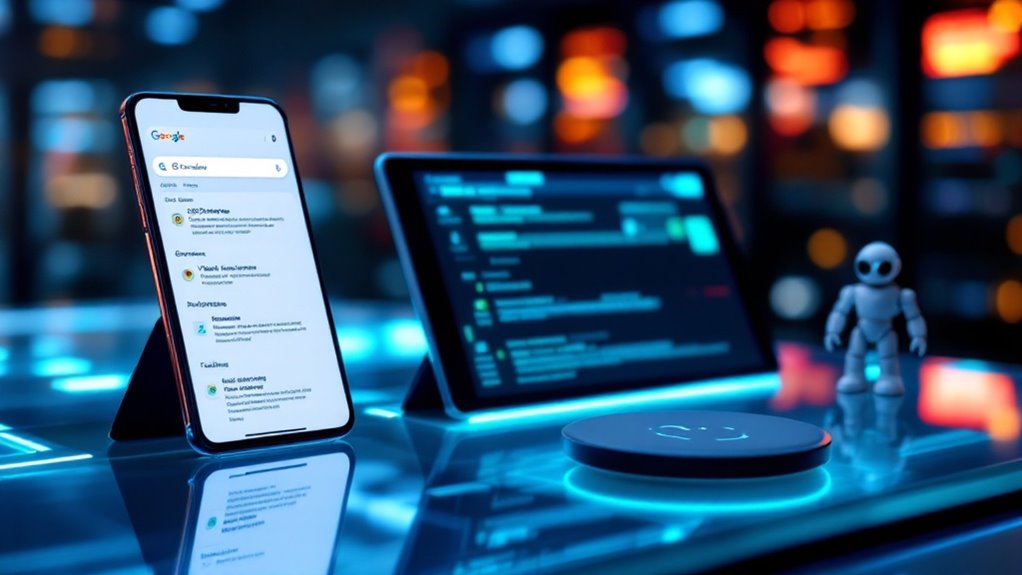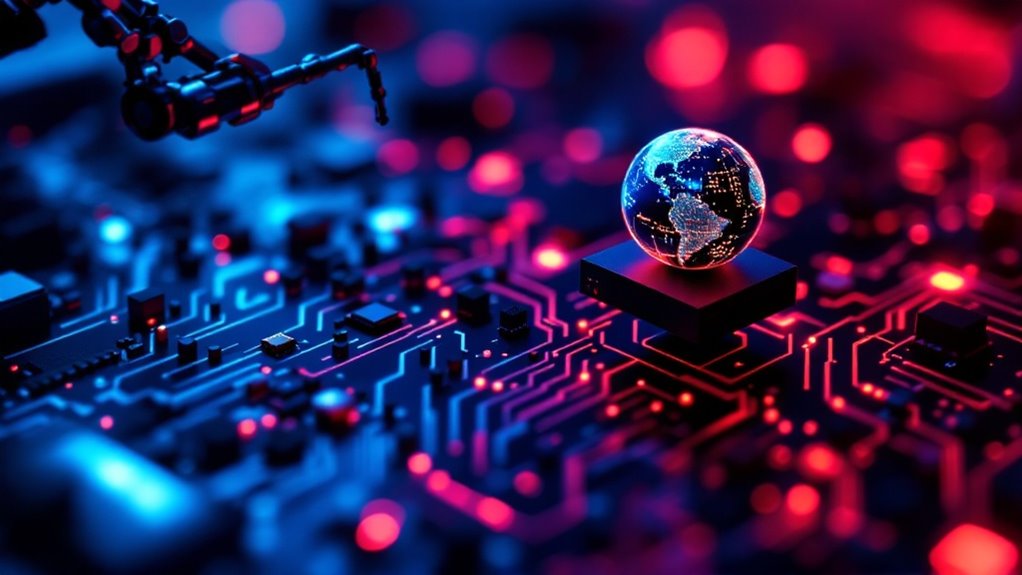AI is already living rent-free in your life—from Google Maps plotting your quickest escape route to chatbots answering your late-night retail therapy questions. It autocorrects your texts (yes, even those embarrassing ones), fetches your next reality-show binge on Netflix, and reveals your phone with its *robotic gaze*. That polished selfie? AI waved its digital wand. Even your emails dodge spam thanks to machine smarts. Wondering just *how* deep this rabbit hole goes? Stick around for the juicy details.
Artificial intelligence. It’s not just the stuff of sci-fi movies or that robot vacuum that terrorizes your cat. AI is everywhere, quietly running the show, whether you’re aware of it or not.
Start with your phone’s maps: ever notice how Google Maps or Waze seems to know when a five-car pileup ruins your commute? That’s AI crunching real-time traffic and suggesting the fastest way out, probably saving you from a caffeine-fueled meltdown. GPS pinpoints your exact location, and those “Hey, here’s a taco place nearby!” suggestions? Also AI, trying to keep you both well-fed and slightly baffled by how much it knows.
Let’s talk faces. Your phone opens with a glance, and it’s not magic—it’s facial recognition powered by some pretty smart algorithms. AI works behind the scenes in security systems, photo editing apps, and even those Instagram filters that make you look like a Disney character. It identifies faces, sharpens images, picks out objects, and, yes, keeps your selfies looking flawless (or at least, less regrettable).
Facial recognition isn’t magic—it’s AI unlocking your phone, perfecting selfies, and transforming you into a cartoon with the swipe of a filter.
Move to language. Ever type “definately” and your phone politely corrects you to “definitely”? Thank AI-powered autocorrect for saving your dignity. Translation apps interpret languages on the fly, while chatbots answer customer service questions with varying degrees of helpfulness (and sass). Spam filters weed out those emails promising you a Nigerian prince’s fortune—unless you’re into that, no judgment. About 27% of Americans interact with AI several times a day, showing that these tools are woven deeply into everyday life.
Shopping? Oh, AI’s got your back. Personalized recommendations—everything from “You might also like these socks” to “This blender is on sale”—are AI’s way of reading your mind, or at least your browsing history. Price prediction, product comparisons, and customer service bots all work together to make your wallet lighter and your choices easier.
And at home, voice assistants like Alexa or Siri listen for your commands, automating lights, thermostats, and even your coffee machine, because getting up is overrated. In the workplace, generative AI tools are boosting productivity by automating routine tasks like scheduling and email management, allowing humans to focus on more creative work.
Whether you’re monitoring your heartbeat, scheduling meds, or trying to outwit financial fraud, AI is already part of your day. Resistance is futile—might as well enjoy the ride.









